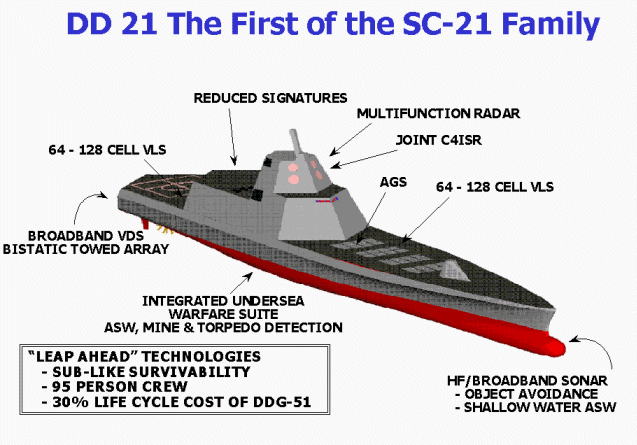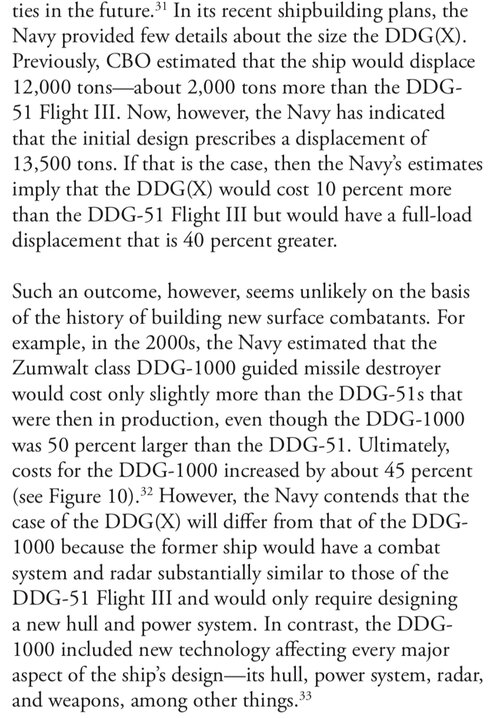Would have thought the Navy after their horrendous experience with Zumwalt costs and build times Navy had sworn off anything vaguely related to the Zumwalt for the DDG(X) including its IEP propulsion system, strongly hinted at by Rear Adm. Fred Pyle when talking to reporters in January where he mentioned IPS build estimates for the DDG(X) looking to be a very expensive and time consuming to build and also think the Raytheon TSCE a non-starter and they would stick with Aegis as they continue to invest heavily in the Aegis Modernization Program.
One outside possibility they could build USN variant of the ~17,000t Japanese ASEV destroyer (Aegis system equipped vessel) as they are building the Constellation a variant of the Italian FREMM frigate.
One outside possibility they could build USN variant of the ~17,000t Japanese ASEV destroyer (Aegis system equipped vessel) as they are building the Constellation a variant of the Italian FREMM frigate.




